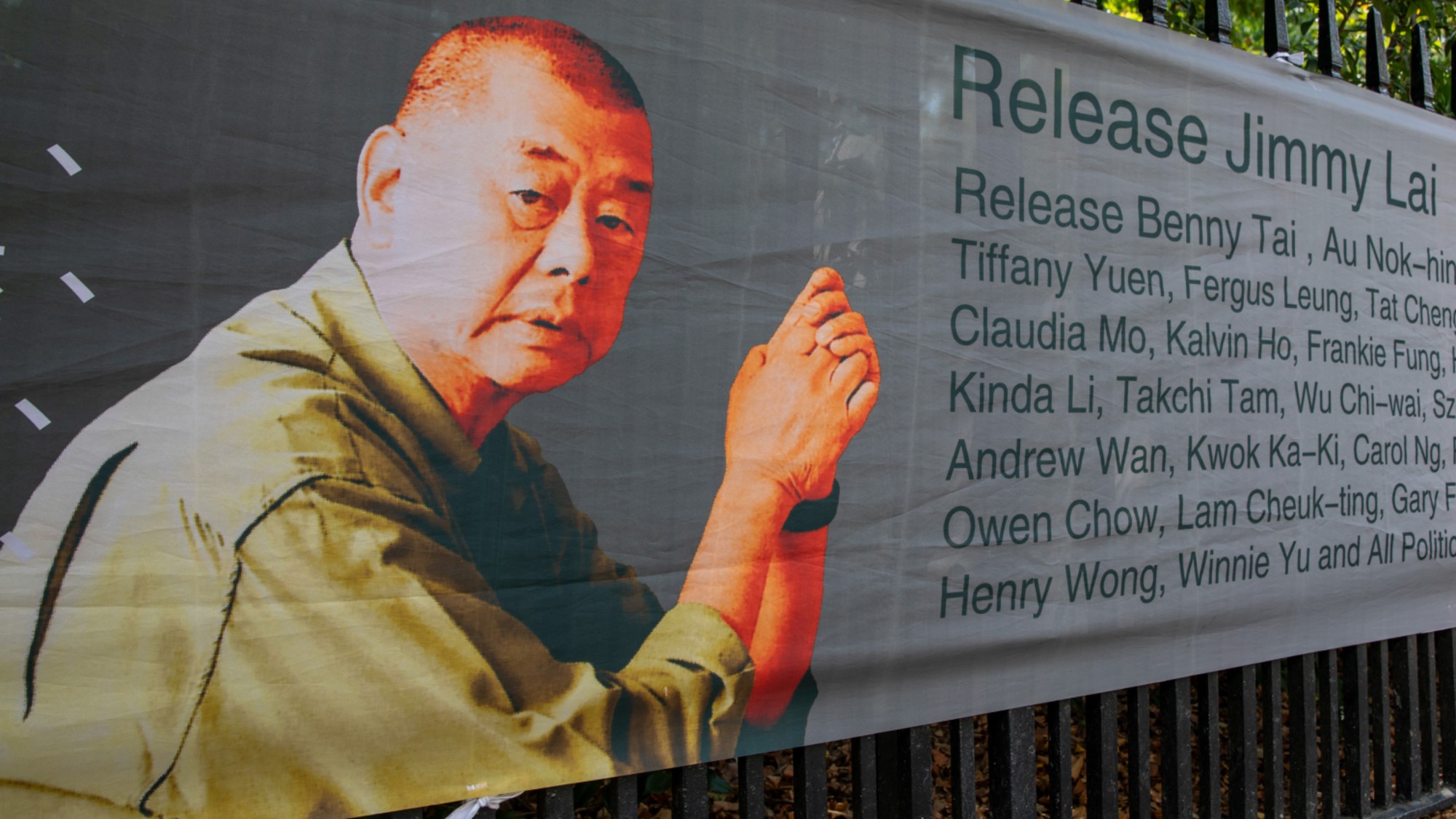Exhibit of the week: Tokyo 1955–1970: A New Avant-Garde
In Japan, a number of artistic movements erupted 10 years after the devastation of World War II.
Museum of Modern Art, New York
Through Feb. 25
Ten years after the devastation of World War II, Japanese art erupted, producing “a slew of movements” and “howls of laughter and rage,” said Ariella Budick in the Financial Times. At MoMA, a “powerful but chaotic” exhibition has captured some of the era’s thrilling energy, but it’s “at once too comprehensive and too compressed.” Though “a few works blaze through the barrage,” you almost have to already know the story of the period to appreciate all that’s here.
The Week
Escape your echo chamber. Get the facts behind the news, plus analysis from multiple perspectives.

Sign up for The Week's Free Newsletters
From our morning news briefing to a weekly Good News Newsletter, get the best of The Week delivered directly to your inbox.
From our morning news briefing to a weekly Good News Newsletter, get the best of The Week delivered directly to your inbox.
The show opens on a surprisingly upbeat note, said Holland Cotter in The New York Times. In the 1960s, a group of young Japanese architects known as the Metabolists took up the task of rebuilding Tokyo by “giving it a new history-erasing identity” as a city of the future—“floating on air” and “reaching for the sky.” But once you wander past their hopeful visions, “you’re in a war zone,” confronted by paintings from the 1950s that revisit the horrors of nuclear holocaust and other Allied bombing raids. In Yamashita Kikuji’s semi-surrealist Totems (1951), “people with heat-seared flesh wander, weeping, through a landscape crowded with ruined cars and mutant, half-human bodies.” But painting was never the most interesting product of the postwar artistic tumult, said Ian Buruma in The New York Review of Books. The anger of rebellious artists had many targets—“the bourgeois conformism of postwar Japan, its slavish imitation of American culture, its monomaniacal focus on business”—and was expressed in many forms. At MoMA, we see “flickering images on video screens” meant to capture some of the artistic “happenings” that defined the period. Groups like Zero Jigen, drawing on Japanese street-theater traditions, marched naked in the streets or impaled themselves with pins. Neo-dadaist painter Shinohara Ushio, in public appearances, “would literally attack the canvas like a boxer or a sword fighter.” His paintings weren’t great; “the performance was all.”
“Far and away” the highlight of the MoMA show is the section dedicated to the 1960s art collective Hi Red Center, said Maika Pollack in GalleristNY.com. The group adopted a style of “cool political critique” that artists and activists today would be wise to study. When Tokyo hosted the 1964 Olympics, the artists pretended to be government workers using toothbrushes to clean the city’s streets. To needle the capitalist order, Hi Red member Genpei Akasegawa began printing and distributing counterfeit thousand-yen bills. Skip the painting and sculpture at MoMA; come to savor “the ephemeral attitude of resistance.”
A free daily email with the biggest news stories of the day – and the best features from TheWeek.com
-
 Who is paying for Europe’s €90bn EU loan?
Who is paying for Europe’s €90bn EU loan?Today’s Big Question Kyiv secures crucial funding but the EU ‘blinked’ at the chance to strike a bold blow against Russia
-
 Quiz of The Week: 13 – 19 December
Quiz of The Week: 13 – 19 DecemberQuiz Have you been paying attention to The Week’s news?
-
 What’s causing the non-fiction slump?
What’s causing the non-fiction slump?In the Spotlight Readers are turning to crime fiction, romantasy and self help books as a form of escapism